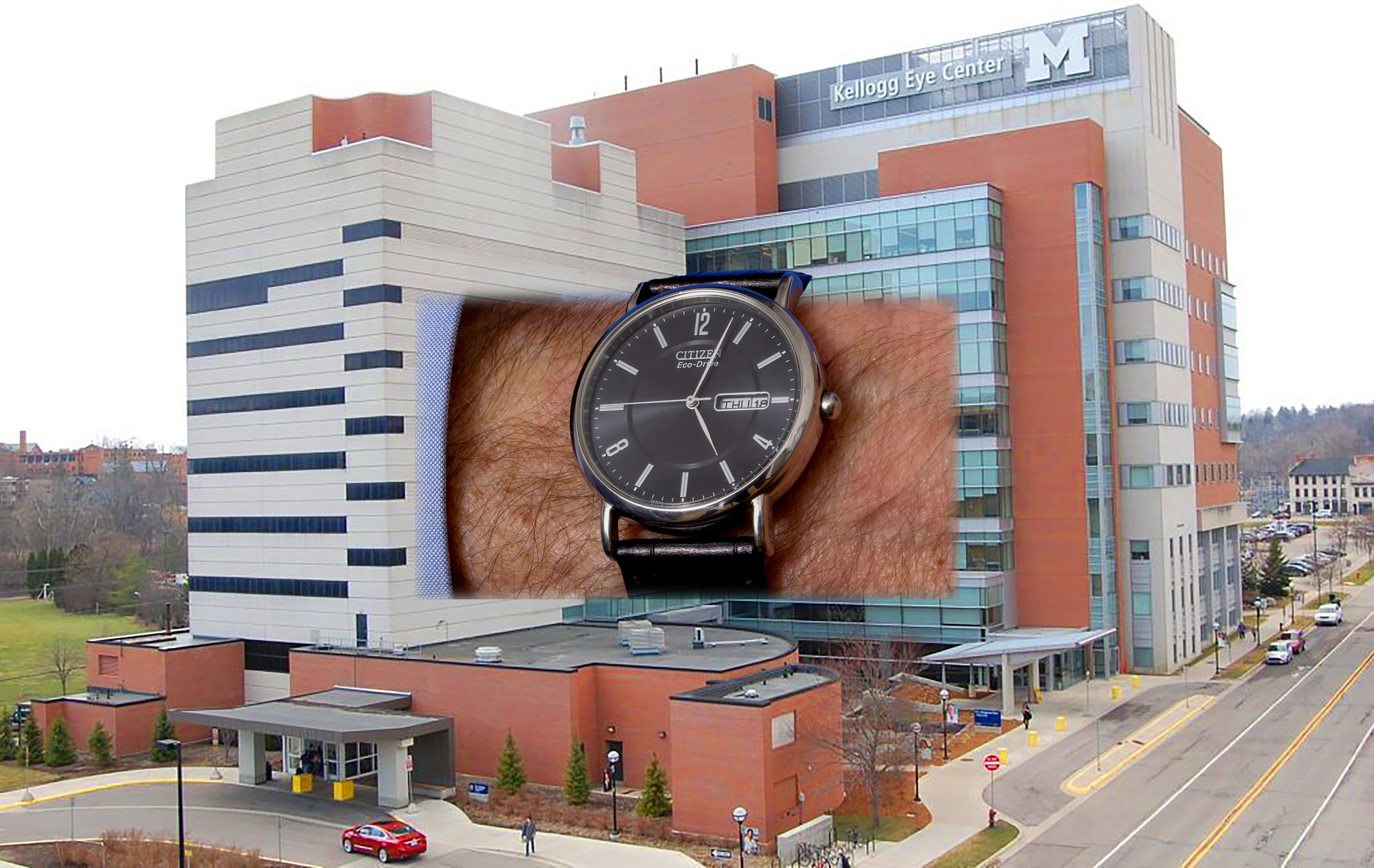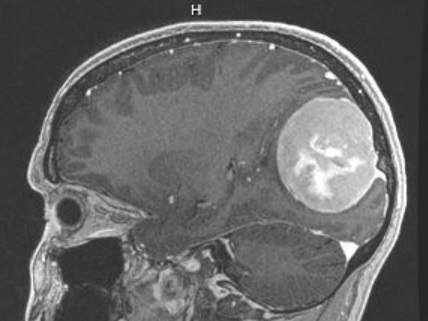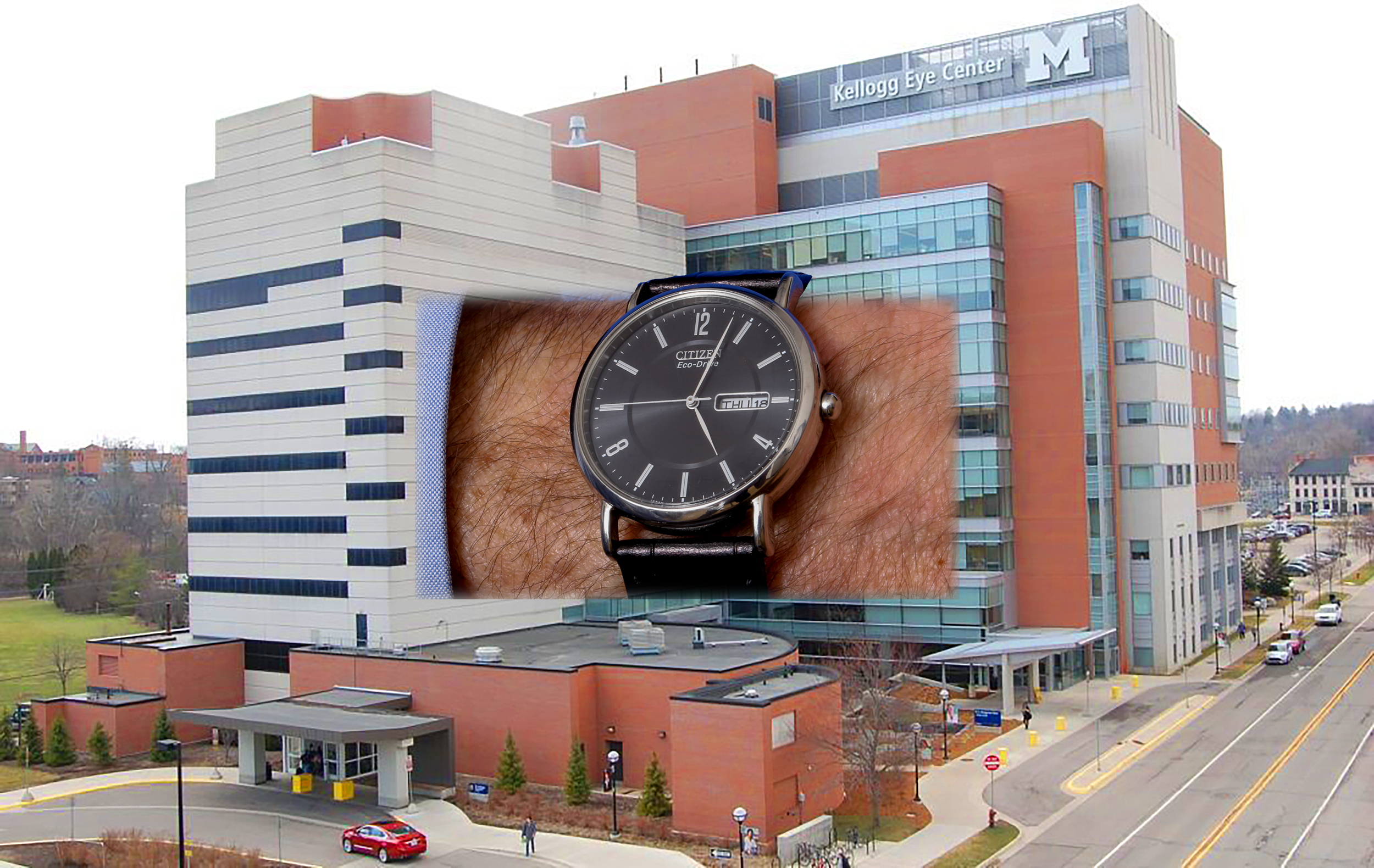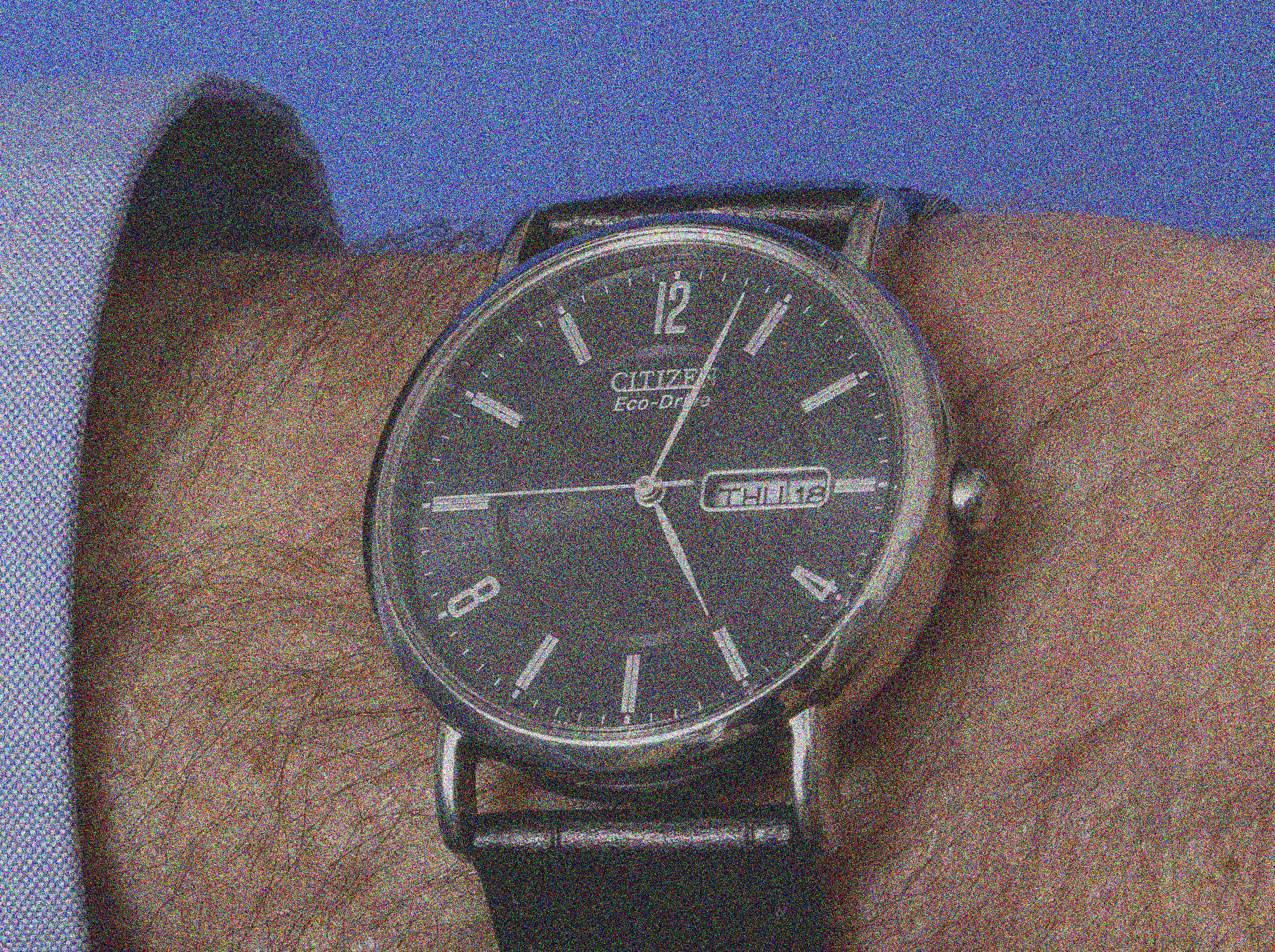Visual Hallucinations

-
Visual sensations that are not based on viewed objects, but are generated by endogenous neural activity (“seeing things that are not there”)
-
Mechanisms
-
Irritation of the outer retina, optic nerve, or vision-related cerebral cortex
-
Deafferentation of the vision-related cerebral cortex (“release hallucinations”)
-
Common causes of irritation of the outer retina: vitreous or retinal detachment, photoreceptor dysfunction
-
Common causes of irritation of the optic nerve: optic neuritis, ischemic optic neuropathy
-
Common causes of irritation of the vision-related cerebral cortex: migraine, ischemia, tumor, medications, or recreational drugs
-
Common cause of deafferentation of the vision-related cerebral cortex: blindness of any cause (Charles Bonnet Syndrome)
-
Brief flashes
=
aging, liquefying vitreous tugging on retina and deforming photoreceptors
-
Stationary white flickers
=
irritation of photoreceptors or vision-related cortex
-
Stationary, often multicolored, flickers
=
irritation of vision-related cortex by seizure
-
Episodic superimposition of previously viewed object on a newly viewed scene [“visual perseveration,” “palinopsia”]
=
irritation or deafferentation of vision-related cortex by various lesions
-
Geometric shapes that traverse a hemifield
=
migraine
-
Stationary complex patterns or figures
=
irritation of vision-related cortex by infarction, seizure, medications, recreational drugs; deafferentation of vision-related cortex by blindness (Charles Bonnet syndrome), sleepiness, schizophrenia, dementia
-
Flickering black and white dots or lines that interfere with visual clarity (“visual snow”)
=
visual hypersensitivity of psychogenic origin; very rarely irritation of photoreceptors by an outer retinal lesion
-
Retinal or vitreous detachment needs prompt surgical repair
-
Migraine needs reassurance and sometimes prophylaxis
-
Suspected vision-related cerebral cortex lesion needs brain imaging, electroencephalography, or other appropriate evaluation and treatment
-
Medications, recreational drugs need appropriate identification and withdrawal
-
Psychosis needs treatment
-
Charles Bonnet syndrome needs explanation, reassurance, and very rarely anxiolytic medication
-
Visual snow needs explanation, ruling out of an outer retinal lesion, and management of an underlying anxiety state




